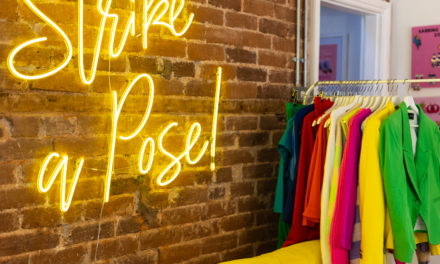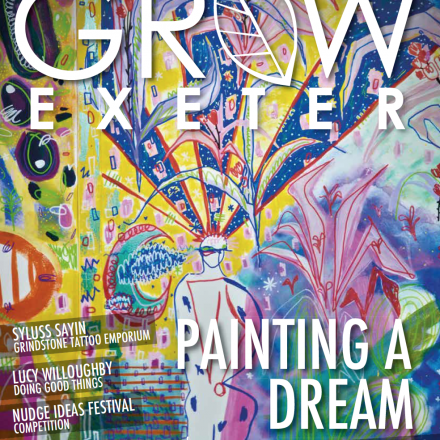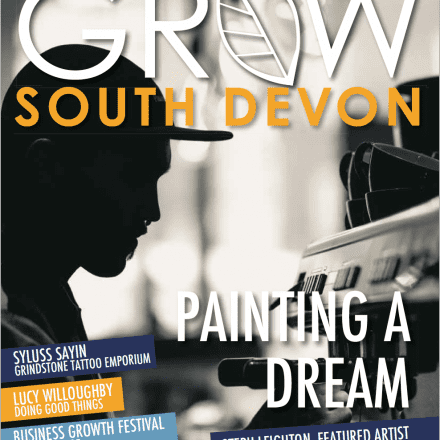
LOVINGLY RESTORED
Written by Ed Hodges
Confession time, I love new things. That feeling of peeling the cellophane from a new iPhone screen or slipping on a new pair of trainers fills me with joy. For almost all of us, the ‘something new’ feeling triggers a combination of anticipation accompanied by excitement. Scientists (and marketers) have long known about the power that novelty has over us and how it can be used to train our brains and our behaviour.
Single Use
You don’t have to look far to see that the world we live in has become increasingly disposable over the last decade. Concepts like ‘planned obsolescence’ and ‘single use’ have drawn us into a game of catchup that we can neither afford nor win. In this throw-away world, it’s not just our possessions that can be cast-off but our relationships can end up on the rubbish heap too.
There’s nothing wrong with new experiences, relationships and even possessions. It’s a beautiful part of our existence. But more and more, I’m convinced that there’s real joy to be found in taking old things and making them new.
I now understand that old proverb that says: “There’s nothing new under the sun.”
Without thinking, we could end up simply reliving the past rather than reinventing and reimagining it. What we need are not new things, but things ‘made new’. Life breathed into old traditions, places and even possessions. I’ve found myself inspired by shows like “The Repair Shop” in which beloved junk is lovingly restored to its former glory and the endless number of YouTube creators restoring everything from cars to computers in their spare time. These transformations often end up as something far more beautiful than they started out as.
Whatever life looks like after this pandemic, it’s certain to contain new patterns and choices for us all. Maybe this is the moment to ask ourselves, what things did we have before that we could make new?









